Like other pressure relief valves (PRV), Pilot operated relief valves (PORV) are used for emergency relief during overpressure events (e.g., a tank gets too hot and the expanding fluid increases the pressure to dangerous levels).
The difference between PORV and conventional PRV is that pilot valves use system pressure to seal the valve. A PRV typically uses a spring to hold the disc or piston on seat.
The essential parts of a PORV are a pilot valve (or control pilot), a main valve, a pilot tube, the dome, a disc or piston, and a seat. The volume above the piston is called the dome.
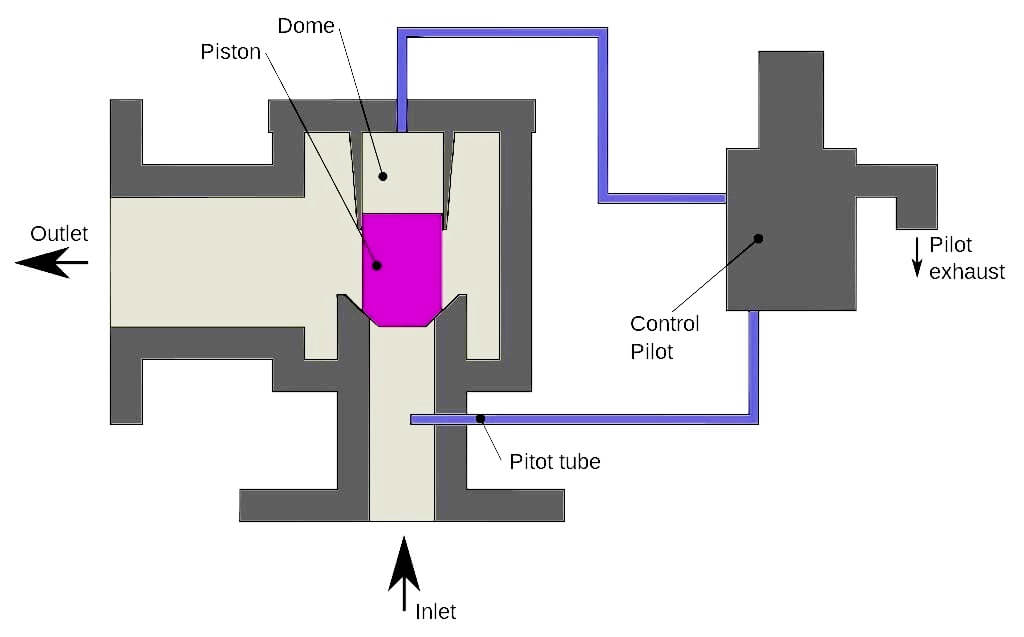
PORV are also called pilot-operated safety valve (POSV), pilot-operated pressure relief valve (POPRV), or pilot-operated safety relief valve (POSRV), depending on the manufacturer and the application.
Technically POPRV is the most generic term, but PORV is often used generically (as in this article) even though it should refer to valves in liquid service.
Functioning :
The pressure is supplied from the upstream side (the system being protected) to the dome often by a small pilot tube. The downstream side is the pipe or open air where the PORV directs its exhaust. The outlet pipe is typically larger than the inlet.
The upstream pressure tries to push the piston open but it is opposed by that same pressure because the pressure is routed around to the dome above the piston. The area of the piston on which fluid force is acting is larger in the dome than it is on the upstream side; the result is a larger force on the dome side than the upstream side. This produces a net sealing force.
The pressure from the pilot tube to the dome is routed through the actual control pilot valve. There are many designs but the control pilot is essentially a conventional PRV with the special job of controlling pressure to the main valve dome.
The pressure at which the control pilot relieves at is the functional set pressure of the PORV. When the pilot valve reaches set pressure it opens and releases the pressure from the dome. The piston is then free to open and the main valve exhausts the system fluid. The control pilot opens either to the main valve exhaust pipe or to atmosphere.
-
Snap acting
- At set pressure the valve snaps to full lift, it can be quite violent on large pipes with significant pressure. The pressure has to drop below the set pressure in order for the piston to reseat (see blowdown in relief valve article).
-
Modulating
- The pilot is designed to open gradually, so that less of the system fluid is lost during each relief event. The piston lifts in proportion to the over-pressure. Blowdown is typically short.
Advantages
- Smaller package on the larger pipe sizes.
- More options for control.
- Seals more tightly as the system pressure approaches but does not reach set pressure.
- Control pilot can be mounted remotely.
- Some designs allow for changes in orifice size within the main valve.
- can be used in engines
Disadvantages
- More complex, resulting in various fail-open failure modes.
- More expensive at smaller sizes (starts to even out as pipe size increases).
- Small parts in pilot valve are sensitive to contaminant particles.
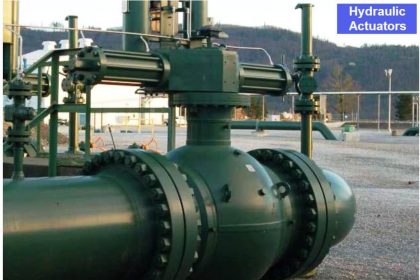
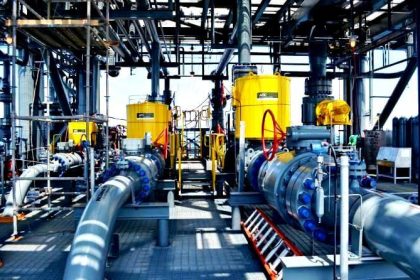
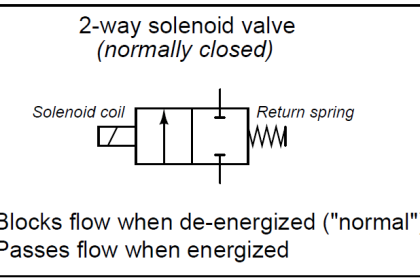
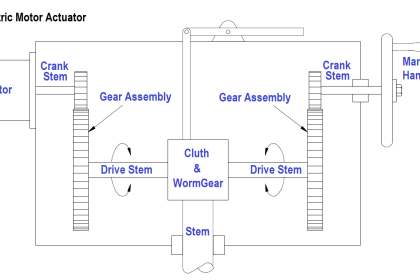

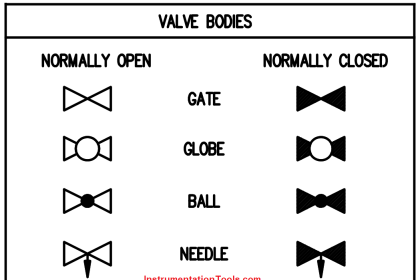
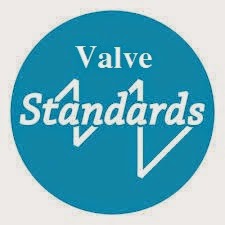
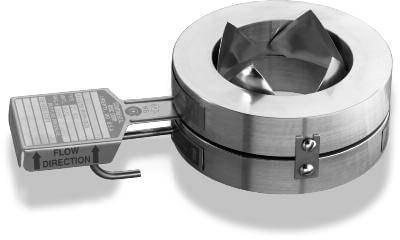

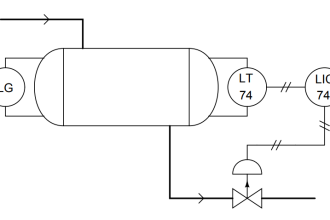

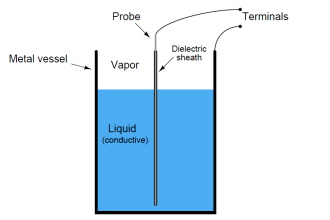
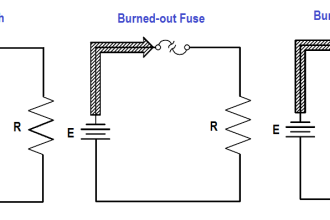
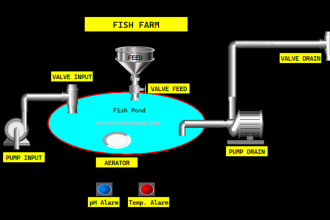
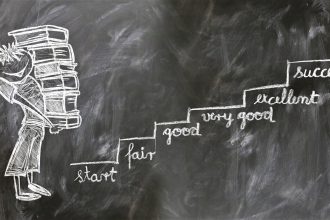


am a valve technician with 5 years experience, I know a lot on control valve and shutdown valves e.t.c.
I have been looking for a nice job.
I son much love this site because it’s teaches more on valve most especially the theorycal pats of it cause am basically on practical
thanks here I end my comments I wish to see your reply on my email address